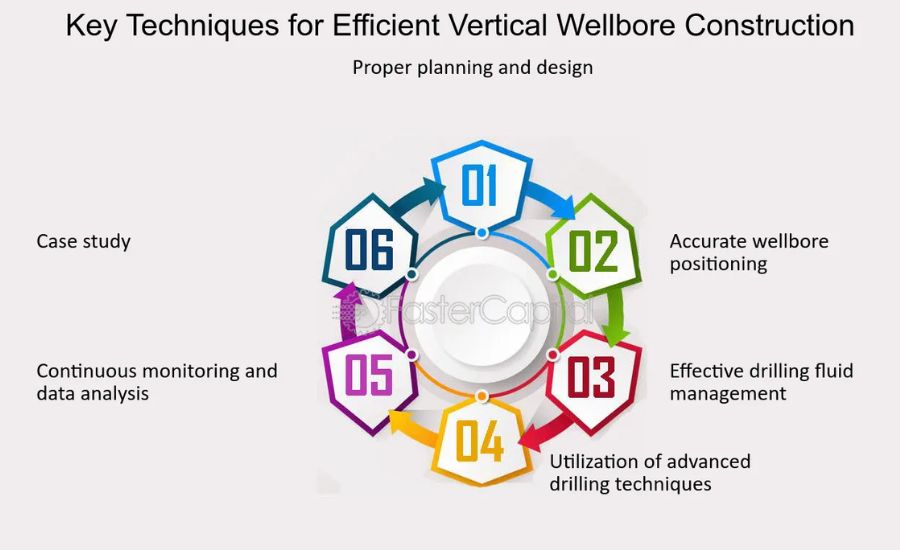Are you a professional tradesperson? Or an avid DIY fan? Whatever level you’re at, it’s likely your drill is one of your go-to tools.
But whatever the task at hand, it’s vital that you drill with precision. To do this, knowing the different drill bits – and when to use them – can ensure you get the job right first time.
If you’re about to do some drilling, follow our guide to the drill bits that could suit the job you’re working on.
Understanding drill bits
A drill bit is a tool that slots into a power drill. Each bit has a dedicated use, and you will find that there’s a variety of shapes and sizes to choose from.
While they all have different applications, these bits share some similarities. For instance, they have a cutting lip, which is the part that cuts into the material and a shank, which is the part of the drill bit that slots into the drill.
The main difference between these is the shape of the cutting lip. This part of the bit is designed to match the application and some cutting lips are sharper than others.
Selecting the right bit
Drilling is a necessary part of many construction processes and used across a range of applications. Precision begins with the selection of the right drill bit.
Factors such as the material being drilled, the hole size that’s required, and the drilling method dictate the choice of bit. For instance, when drilling into metal, you’ll need a high-speed steel twist bit, while carbide-tipped masonry bits are used for concrete.
- Twist bits: have a spiral design, excel in drilling through wood and metal.
- Masonry bits: with their carbide tips, are ideal for concrete and brick.
- Spade bits: featuring flat paddles, are perfect for creating large-diameter holes in wood.
- Hole saws: create neat, circular apertures.
- Tile drill bits: are suitable drilling bits for glass and ceramic tiles and surfaces.
Matching the right bit to the task enhances efficiency and protects the surface you’re drilling.
Techniques for precision drilling
Achieving precision drilling requires more than just the right drill bit, however. You need to know how to drill carefully.
Whether you’re a DIY enthusiast trying your hand at a big project or this is your everyday job, you must consider your technique and the material you’re focusing on.
Key tips include:
– Controlling your drilling speed to prevent overheating and maintain accuracy.
– Applying steady pressure, allowing the bit to penetrate the material gradually.
– Paying attention to the angle of approach, ensuring your drill is level so you can create clean, uniform holes.
By honing these techniques, you can achieve flawless results.
Maintaining drill bits
As well as knowing the best applications for your drill bits, ensuring they’re well maintained is essential. This will help to prolong their lifespan.
Regularly clean each bit to remove dirt and prevent corrosion. Sharpening your tools can also ensure efficient cutting.
Also, consider where you store them. Proper storage, away from moisture and extreme temperatures, will protect them from wear and damage.




